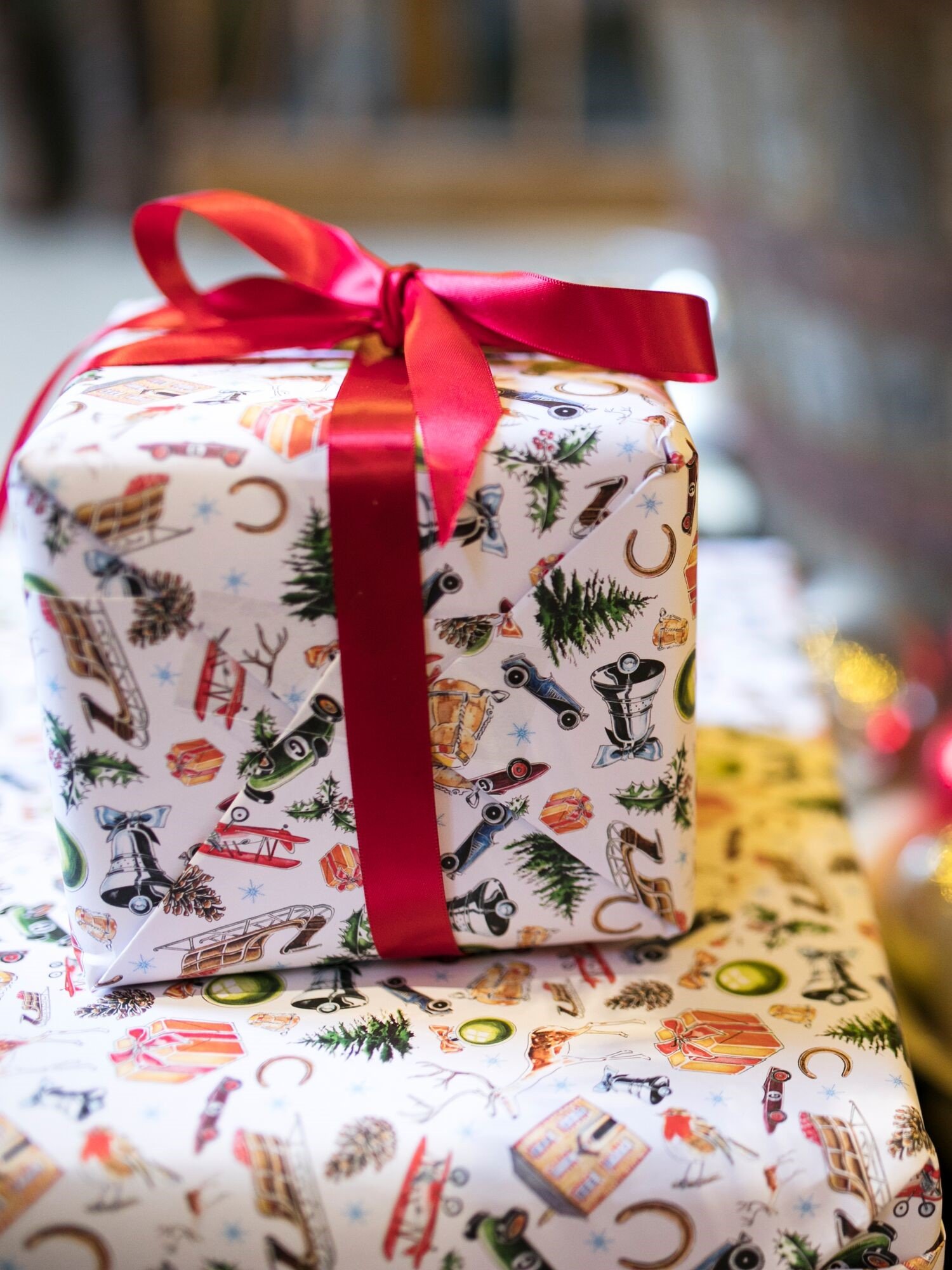Your guide to 1960s Revival fashion
Fashion as we know it exploded in the 1960s. The decade was marked by dramatic social change, including the equal rights movement for women, the rise of the working class and the emergence of black culture in London. It was a decade of rebellion at the strictures of the preceding decade. Youth culture kicked against the old, and traditional hierarchies began to dissolve and make way for the birth of the modern age.

This was all reflected in the way that people dressed compared to the fifties. “There was a marked change in the two generations,” says Sue O’Donoghue, Goodwood's former Theatrical and Costume Curator. “It was the first time that daughters didn't dress like their mums. You weren’t expected to dress like your mother in a twin set and pearls.”
Increased economic power fuelled a new sense of identity and the need to express it. “Even the term “teenager” wouldn’t have been heard much before the 1960s. It was all about kicking against the old and creating their new identity. It was about wearing things that were free. It was completely against the restrictive fashions of the 1950s [you can read our 1950s fashion guide here]. It was about being able to move, to dance, to jump and to run.”
A new type of shop – the boutique – emerged. These were small self-service shops offering affordable fashion to ordinary people, offering a very different experience from the exclusive 'outfitters' and department stores. Directly serving customers allowed them to get to know what people wanted and create new looks depending on what was popular. Mary Quant was a pioneer of this type of retail, designing and stocking clothes that reflected the Mod aesthetic of bright, tailored minimalism.
“She always said that she didn’t invent the mini skirt,” says Sue. “The women who bought her dresses invented the miniskirt, because they took the hems up. If you look at things like the original Mondrian dress, they actually sit on the knee.” Girls dictated the fashion, and design followed, so the hems rose. Within just a few years the boutique scene had exploded. Young people flocked to the vibrant new stores on London’s Kings Road and Carnaby Street. Swinging London was born.
The Beatniks and the Mods were influential early in the decade, and inspired the look of bands like The Who, The Small Faces and The Beatles. Later in the decade, influential designers including Barbara Hulanicki focused on fun dresses with daringly short hem lengths, and Marion Foale and Sally Tuffin, notable for their code-breaking trouser suits for women. Designers like Pierre Cardin and Paco Rabanne incorporated new materials, plastics and metals into their clothes.
What to wear for an authentic 1960s look for women
A shift dress is a great starting point for any 1960s look for women: the mini skirt was ubiquitous. “The first thing I always say is have fun,” says Sue. “You don't have to look like you just stepped out of the pages of Vogue. If you've got a little black dress, you can put a set of pearls and a pair of little short gloves on, a little pillbox hat. It’s instant Jackie Kennedy.”
Alternatively women could try a fun, colourful trouser suit pioneered by Foale and Tuffin. They were a major trend due to their novelty, practicality and being tailored for the female shape. “Another practical look for Revival is capri pants and a cute high-necked top,” says Sue. “You have to remember what fashion is, you don't get to the 31st of December 1959 and suddenly everything changes, so there is an overlap between the decades.”

What to wear for an authentic 1960s look for men
“A slightly different style from the classic look would be the beatnik look,” says Sue. It’s a look that started in the 1950s but continued long into the 1960s. “Try some skinny black trousers, a black polo neck jumper and a baker boy hat or a little cropped trilby.”
As the decade wore on fashion became more theatrical, hair grew longer and a flared outline for trousers became popular for men. Men’s clothes became more flamboyant, with suits accessorised with bright shorts and heeled boots. Pucci created a range of colourful printed silks, used for scarves and ties.

Where to buy vintage 1960s clothes
It tends to be a bit easier to get hold of 1960s clothes as mass production of fashion really began in this period, although current fashion means you can probably put something together from your own wardrobe. And there are tons of great vintage shops where you can still buy good 1960s pieces – Beyond Retro has stores around the UK and an online shop where you can search by brand.
“Look for vintage sales that are happening around you,” says Sue. “And there are kilo sales where you can just fill up a whole bag. These are always fun.” And try eBay. But be warned: “If someone posts something as retro and vintage they don't know what they're talking about. Retro means it was made in the style of the era. Vintage means its original. I put ‘genuine vintage’ into the search as well which seems to really help.”
Labels to look for to create an authentic 1960s look
“Quant is the quintessential 1960s label,” says Sue. “But they are impossible to find. In 20 years of collecting, I’ve got one Bazaar dress.” Bazaar is the name of the boutique that Quant had opened with two friends (it also featured a restaurant). Instead look for John Bates or Jean Varon. “It’s the same person,” says Sue. “He thought he needed to be French to be a fashion designer.”
Early garments are innovative with space-age fabrics, see-through panels, cut-out holes and matching accessories right down to the tights. He’s possibly one of the greatest forgotten designers of the 1960s, but as a result you can often find his clothes. Bustop and Biba are worth looking out for, as well as trouser suits by Foale and Tuffin.
You can also read our guide to 1940s Revival fashion here.
This year at the Revival, Dandy Wellington will lead the Vintage Style Not Vintage Values series of talks in the Revive and Thrive Village. Book your tickets now for a chance to meet his wonderful community of vintage icons.
Photography by Edd Horde, Chris Ison and Mark Beaumont.
Revival Style
Revival
Revival 2022







